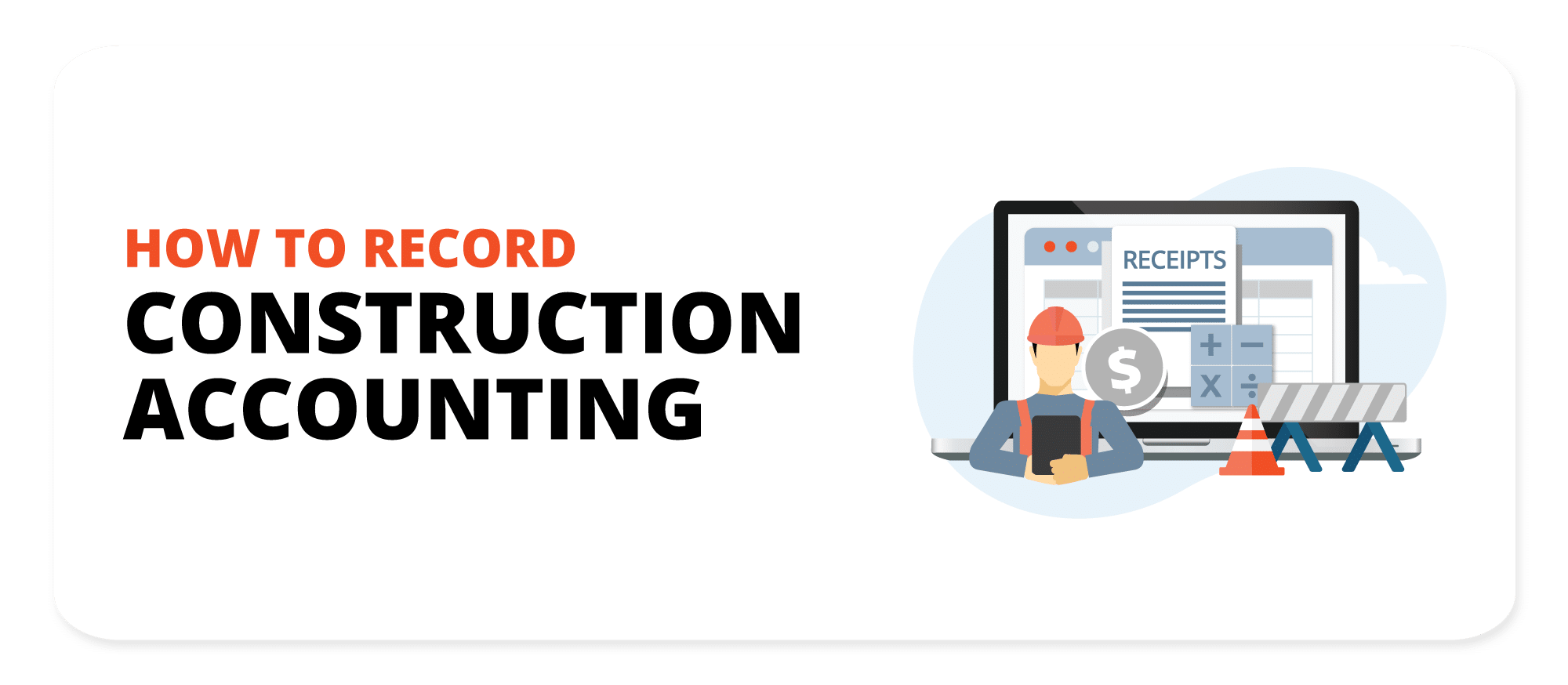Construction Accounting Practices to Boost Your Business’s Profitability
Construction Accounting Practices to Boost Your Business’s Profitability
Blog Article
Construction Audit Made Easy: Methods for Accurate Financial Tracking
In the facility landscape of building tasks, efficient economic administration is paramount for success. Building and construction bookkeeping calls for a nuanced understanding of various economic metrics and techniques to make certain accurate monitoring of expenses and profits. By implementing robust budgeting strategies and leveraging specialized software program, business can considerably improve their monetary oversight. Numerous companies still battle with maintaining accuracy and effectiveness in their audit practices. What particular approaches can be employed to bridge these spaces and change building and construction accounting into a streamlined procedure? The solution might hold the key to unlocking higher profitability and functional success.
Understanding Construction Bookkeeping
In the realm of construction, understanding bookkeeping practices is important for efficient project management and financial oversight (construction accounting). Construction accounting is distinct from traditional audit as a result of its one-of-a-kind difficulties, including project-based monetary monitoring, complicated cost structures, and the demand for conformity with various regulations. This customized field emphasizes the relevance of properly assigning costs to details jobs, enabling professionals to evaluate profitability and make educated budgeting decisions
Among the main parts of building accounting is work costing, which entails tracking all costs related to a certain project. This consists of labor, materials, and expenses costs. By preserving detailed documents, construction companies can gain insights right into the financial wellness of their projects, recognizing potential problems prior to they intensify.
In addition, building audit requires an understanding of progress invoicing, which allows professionals to invoice customers based on the work finished instead of full task completion. This technique boosts capital management and straightens billing with job landmarks. Eventually, a strong understanding of building and construction bookkeeping methods encourages project managers and stakeholders to make calculated decisions, making certain the economic stability and success of construction ventures.
Trick Financial Metrics to Track
Tracking vital economic metrics is important for building and construction companies to keep control over their tasks and overall company efficiency. Amongst one of the most crucial metrics are the Gross Earnings Margin and Internet Earnings Margin, which give understanding right into profitability and cost management. The Gross Revenue Margin, determined by subtracting the expense of products sold from total income, helps evaluate project efficiency.
Another important metric is the Current Ratio, which evaluates a company's ability to meet temporary liabilities with its current properties. A proportion over 1 suggests monetary stability. In addition, tracking the Accounts Receivable Turnover Proportion can disclose just how effectively a company collects payments, with a greater proportion indicating prompt collections.
Work Costing is likewise crucial; it involves examining the actual costs sustained against the budgeted prices for certain projects, permitting firms to identify disparities and change techniques accordingly. The Stockpile statistics procedures the worth of work acquired yet not yet finished, providing insight into future profits capacity.
Efficient Budgeting Methods
Efficient budgeting techniques are basic for building companies looking for to optimize job end results and preserve economic health. A well-structured budget plan serves as a roadmap, leading job supervisors through the complexities of construction prices and resource allowance.

Integrate backup allowances right into the budget to represent unanticipated expenses, making sure that projects stay monetarily viable in spite of unpredictabilities. Furthermore, entail all stakeholders in the budgeting process, promoting cooperation and enhancing responsibility.
Frequently display and readjust the budget throughout the job lifecycle. Carrying out a routine review process enables timely recognition of inconsistencies and helps with restorative activities. Tracking expenditures versus the spending plan in real-time can help reduce expense overruns and improve economic efficiency.
Tools for Financial Management
Monetary administration devices are crucial for building and construction companies intending to streamline their operations and enhance profitability. These tools help manage budgets, track expenditures, and projection economic efficiency, supplying very useful understandings for decision-making.

In addition to bookkeeping software application, project management tools can integrate financial data with project timelines and resource allocation. This integration ensures that monetary factors to consider are woven into every stage of project implementation, lowering the threat of price overruns.
Cloud-based economic monitoring visite site remedies additionally use remote access to financial information, making it possible for real-time collaboration among stakeholders and improving openness. Utilizing analytics tools can help building and construction companies determine patterns, evaluate threats, and make data-driven decisions for future tasks.
Best Practices for Document Keeping
Exact document keeping is an essential facet of effective building accounting, as it makes sure that all monetary transactions are diligently documented and click for more easily obtainable. To achieve this, building and construction firms ought to implement methodical processes that advertise consistency and accuracy in their economic records.
First and foremost, embracing electronic record-keeping systems can substantially improve efficiency. Using accounting software application specifically created for the building and construction market permits for real-time tracking of costs, invoicing, and budget administration. This not just minimizes errors yet also assists in less complicated access of details when needed.
Regularly updating documents is critical. Establish a routine for getting in purchases, ideally everyday or regular, to protect against backlog and guarantee prompt coverage. Maintaining organized paperwork, such as receipts and agreements, in plainly classified folders-- both physical and electronic-- helps streamline audits and support financial analysis.
Additionally, conducting routine testimonials of documents can reveal inconsistencies and areas for improvement - construction accounting. Training personnel on best methods and holding them responsible for accurate record maintaining cultivates a culture of financial responsibility

Conclusion
Finally, reliable construction accountancy is crucial for ensuring exact economic monitoring and job earnings. By establishing a clear scope of work, making use of work setting you back techniques, and employing appropriate monetary monitoring devices, building professionals can enhance performance and decision-making. Partnership among stakeholders during the budgeting procedure, integrated with regular monitoring and changes, additionally reduces the risk of price overruns. Complying with these techniques and best techniques eventually adds to the success of building and construction jobs.
Report this page